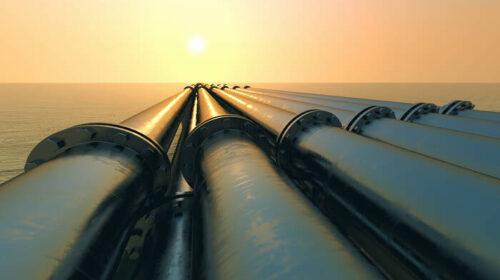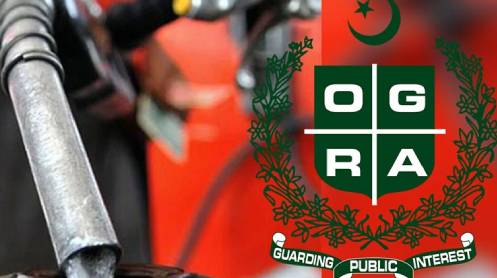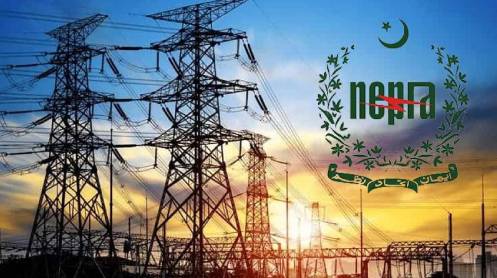Energy prices have continuously been rising in Pakistan since 2018, with only one notable cut in March this year. Now the Sui Southern Gas Company has asked for a 45% raise from July 1 to overcome its revenue shortfall in the next fiscal year. OGRA held a public hearing last week to consider the different aspects of the prescribed price and its relation to the company’s revenues.
The SSGC says a 45% hike in gas price is needed to meet its revenue shortfall of Rs88 billion. This is the side of the plea of SSGC for increase in gas price. However, consumers tell a different story. Even after a two and half months of gas rationing has ended, domestic consumers in Karachi are complaining that in the ongoing month of Ramazan, they are getting very low gas pressure especially at Iftar and Sehri times. Since they are unable to prepare these two main meals in the fasting month, they have to procure them from the market, bringing further pressure on their limited income which has already significantly eroded by the rising inflation mainly as a result of the increasing rates of petroleum and gas.
Gas and petrol prices are on the rise all over the world mainly due to the Russia-Ukraine war. The international situation as regards the supplies of gas only partly justifies the SSGC asking for a substantial increase in gas price. At the public hearing, questions were raised about the company’s plan to provide thousands of new domestic and 117 industrial/commercial connections. The SSGC’s planned expansion of its distribution network also came under scrutiny at the hearing. Questions were raised about the wisdom of undertaking expansion schemes in view of the revenue issues faced by the gas company. Is it prudent to give new gas connections at a time when obtaining gas in the international market has become difficult and the country’s own gas reserves are depleting?
The SSGC maintains that it has suffered losses of Rs15 billion due to Unaccounted-for Gas. This is an old complaint, and its persistence does not reflect well on the management of the nation’s economy.





